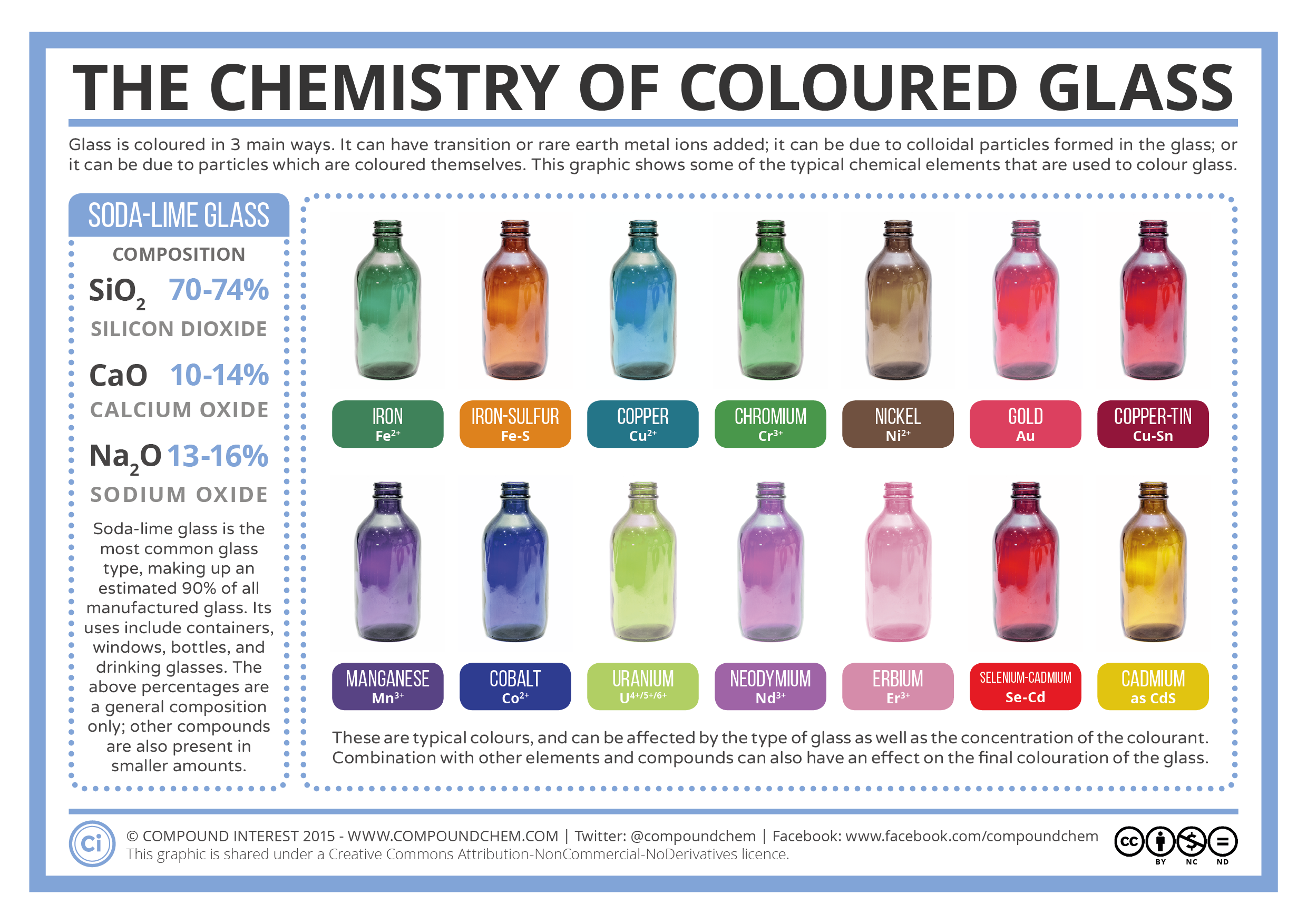Have you ever wondered why a rose is red, a sky is blue, or a lemon is yellow? The answer lies in the fascinating world of colored chemical compounds. These substances possess a unique ability: they absorb light, selectively filtering out certain wavelengths and reflecting others, giving rise to the vibrant colors we perceive. This intricate dance between light and matter is the foundation of color, a phenomenon that shapes our visual world and holds profound implications for science, art, and our understanding of the universe.

Image: chemistry.com.pk
Beyond their aesthetic appeal, colored compounds play crucial roles in our daily lives. From the vibrant hues of our clothing and artwork to the precise diagnostic tools in medicine, these compounds impact our world in countless ways. In this exploration, we’ll delve into the captivating realm of light absorption, uncovering the secrets behind these colorful molecules and their profound influence on our lives.
The Language of Light: A Journey into the Spectrum
Light, the very essence of our visual experience, is a form of electromagnetic radiation, a spectrum of energy spanning a vast range of wavelengths. The human eye detects only a small segment of this spectrum, the visible portion, which our brain interprets as different colors. Each color corresponds to a specific wavelength, a measure of the distance between successive wave crests. This range of wavelengths, from violet to red, encompasses the familiar spectrum of colors we observe in a rainbow.
The Dance of Absorption: How Color Comes to Be
Colored compounds possess a distinctive trait: they selectively absorb specific wavelengths of light while reflecting others. This selective absorption is driven by the arrangement of electrons within the compound’s molecules. When light strikes a molecule, its energy interacts with the electrons, causing them to jump to higher energy levels. This absorption process is specific to each compound, determined by the precise arrangement of atoms and electrons within its molecular structure.
Imagine a vibrant red rose. Its petals, rich in the compound anthocyanin, absorb most wavelengths of light, except for red. Those longer red wavelengths are reflected back to our eyes, creating the perception of redness. Similarly, a blue sky reflects blue wavelengths, while absorbing others, revealing the captivating azure hue. The color we perceive is not what the compound absorbs, but rather what it reflects or transmits.
Beyond the Visible: Unveiling the Secrets of Spectroscopy
The study of light absorption, known as spectroscopy, has revolutionized our understanding of matter. Techniques like UV-Vis spectroscopy allow scientists to analyze the absorption patterns of compounds, providing valuable insights into their structure, composition, and even their biological activity. By analyzing the wavelengths of light absorbed and emitted by a substance, scientists can identify the presence of specific compounds, determine their concentration, and explore their chemical properties.

Image: chem.libretexts.org
The Impact of Colored Compounds: A Rainbow of Applications
The ability of colored compounds to interact with light has led to a multitude of applications across various fields:
- Medicine and Diagnostics: Colored compounds are crucial in medicine, serving as dyes for staining tissues, dyes for diagnostic imaging, and even as photodynamic therapy agents for cancer treatment.
- Chemistry and Research: Spectroscopy plays a vital role in analytical chemistry, allowing scientists to identify and quantify substances, study reaction mechanisms, and understand chemical processes.
- Industry and Manufacturing: Colored compounds are used in dyes for textiles, paints, and inks, giving us vibrant and durable colors for our clothes, homes, and artwork.
- Art and Design: Artists have harnessed the power of color for centuries, using colored pigments to express emotions, evoke responses, and create breathtaking works of art.
- Nature and Biology: From the vibrant plumage of birds to the dazzling patterns of flowers, colored compounds play essential roles in nature, influencing pollination, camouflage, and communication among organisms.
Beyond the Basics: A Glimpse into the Future of Color
The field of color science continues to evolve, with advancements in pigment technology, nanomaterials, and bioimaging techniques. Researchers are exploring new ways to create vibrant, sustainable colors, discover novel applications for colored compounds, and even manipulate light at the nanoscale.
Are Colored Chemical Compounds That Absorb Light.
Conclusion: A World of Color, a World of Possibilities
Colored chemical compounds, with their ability to absorb light and bestow our world with vibrant hues, have captivated our senses and shaped our understanding of the universe. From the pigments on our canvases to the intricate molecules within our bodies, these fascinating substances hold a world of beauty, mystery, and potential. May this exploration ignite your curiosity, encouraging you to delve deeper into the captivating world of color and light.






